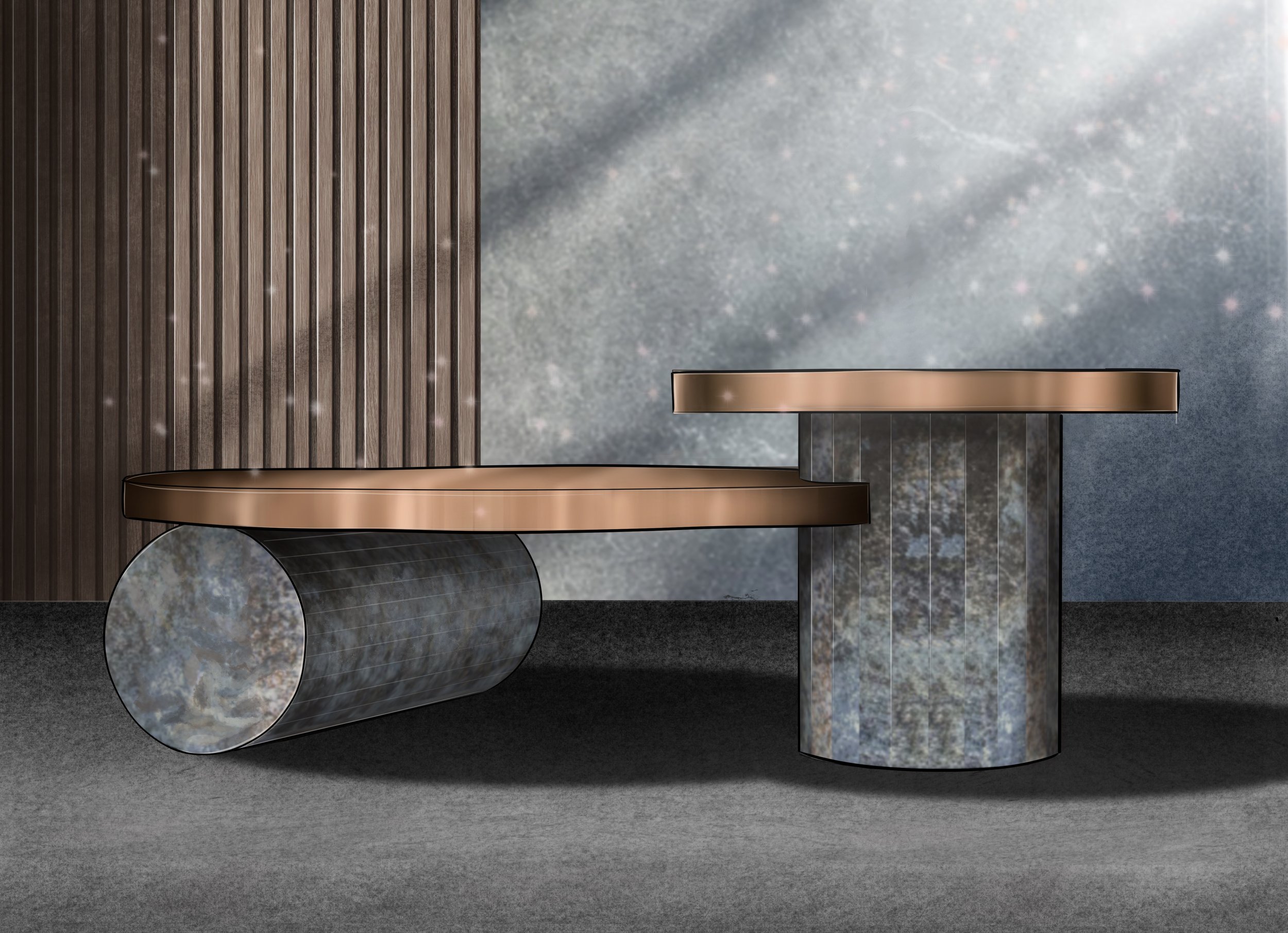03
The Stykka Table
Stykka, a name inspired by the Nordic word for “piece” — is a stylish and sculptural table that combines two design styles: the strong, bold feel of Brutalist architecture and the simple, warm touch of Scandinavian design. This furniture piece doesn’t demand attention loudly — it quietly shows its quality and design. More than just a place to put things, it’s a piece of art that adds elegance and thoughtful simplicity to any room, perfect for spaces that care about design, texture, and atmosphere.
-
Project Overview
Concept Sketches
Orthographic Drawings
Key Features
Play Value
Merits
Materials
-
Industrial
Furniture
Material Selection
-
SolidWorks
(3D Modeling & Orthographic Drawings)Sketchup (Rendering)
Procreate (Visual/Graphic Design)
Adobe Photoshop (Photo Editing)
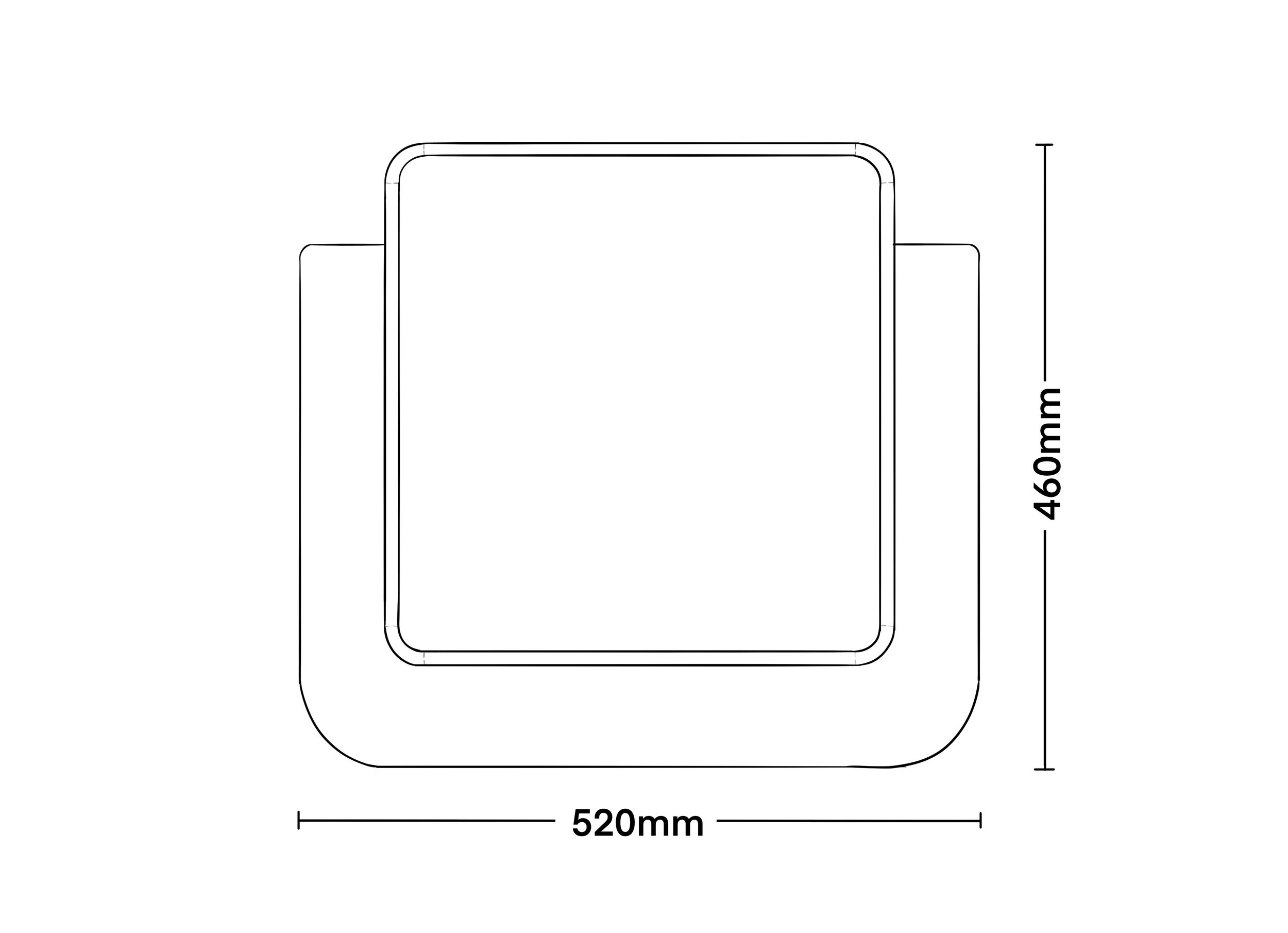
Orthographic View: Front
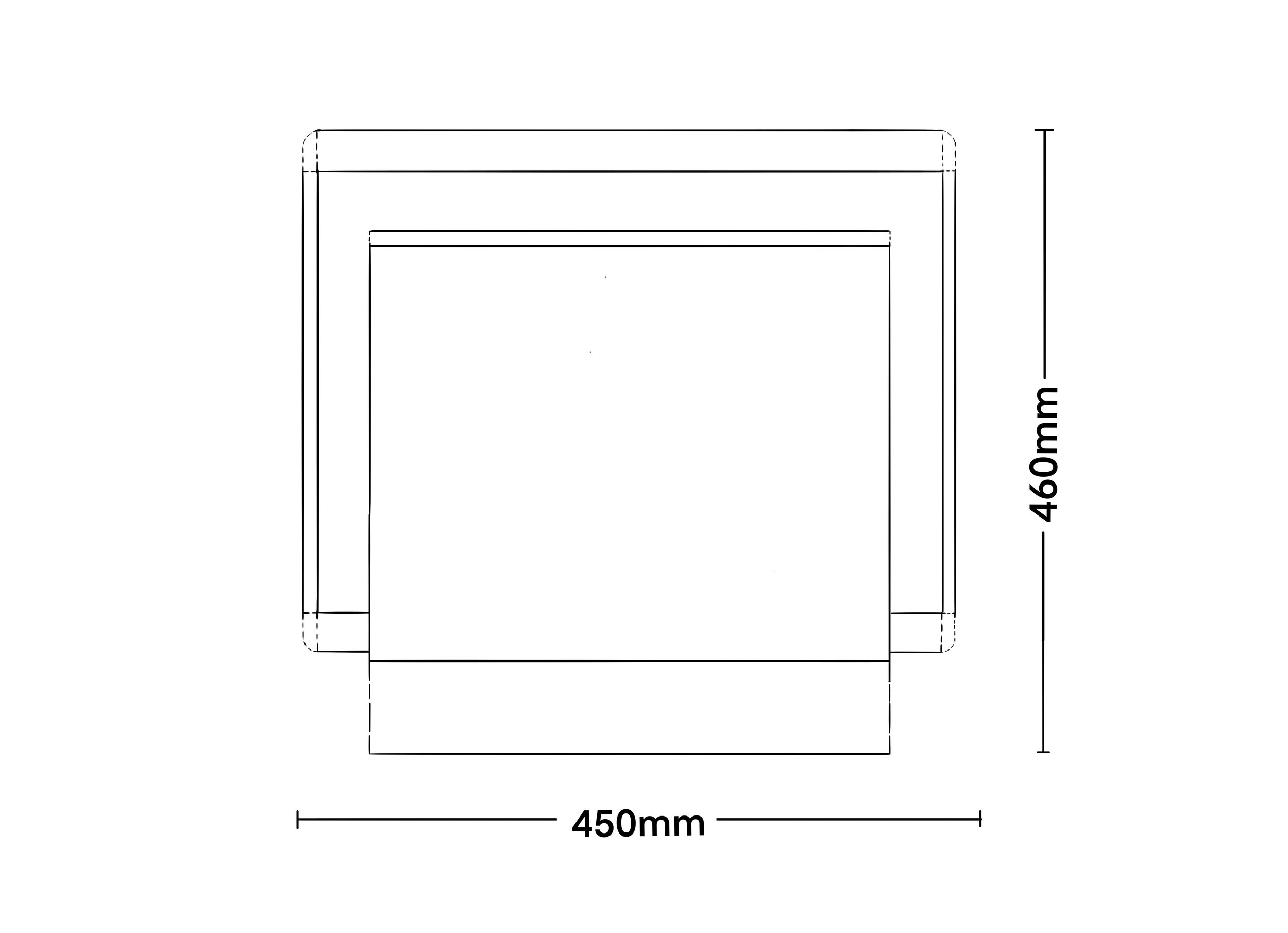
Orthographic View: Side
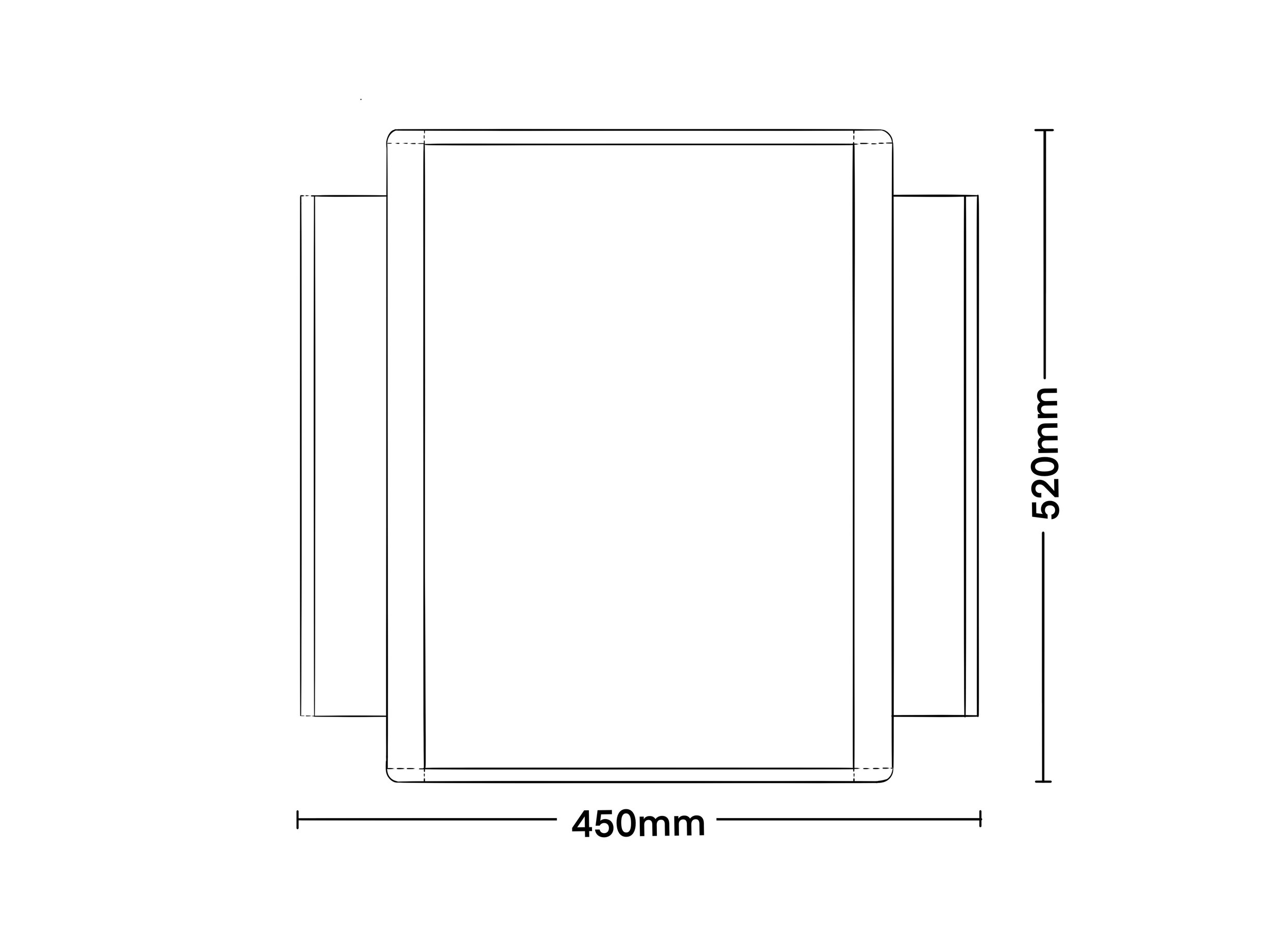
Orthographic View: Top
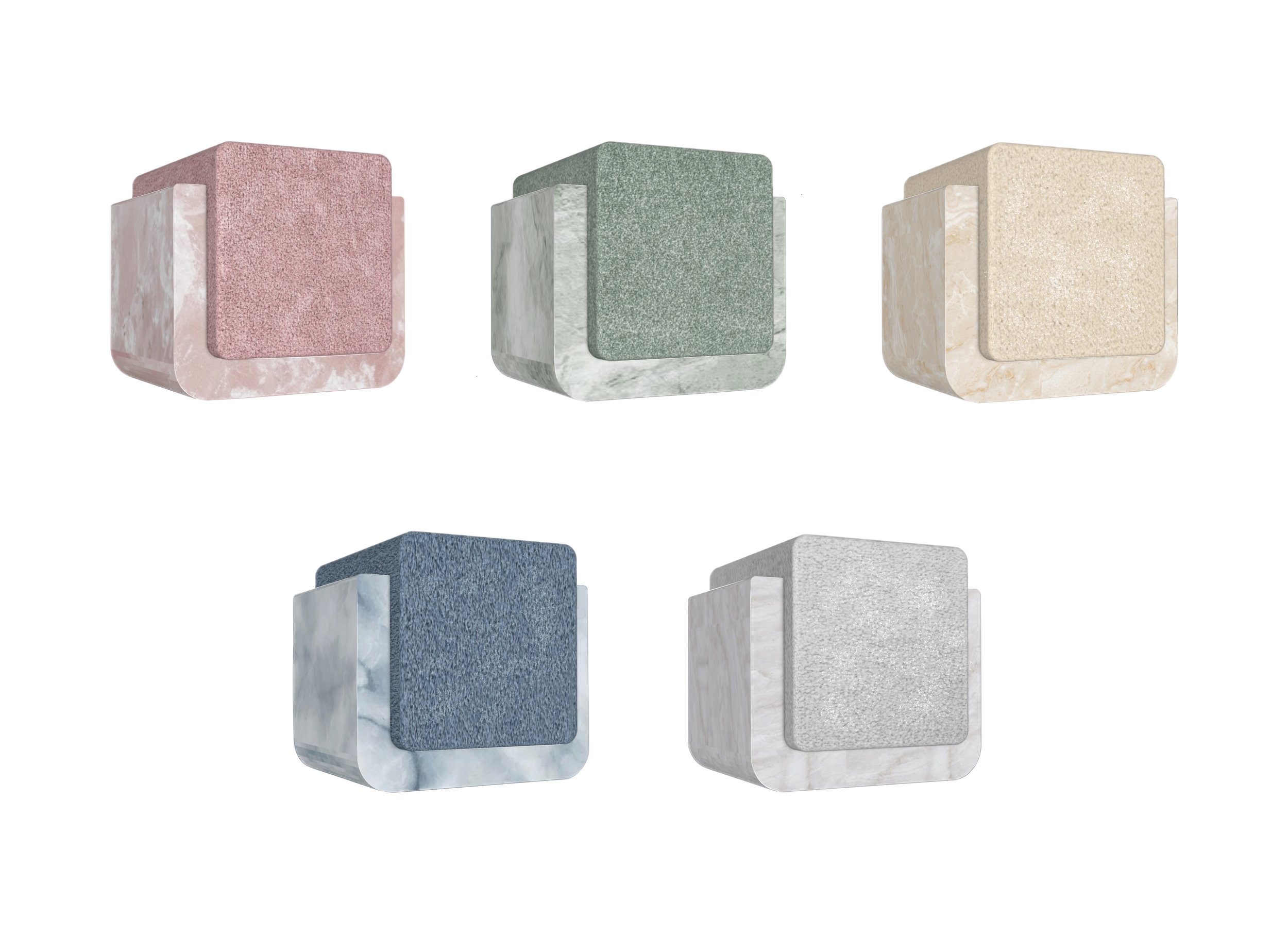
Color Options
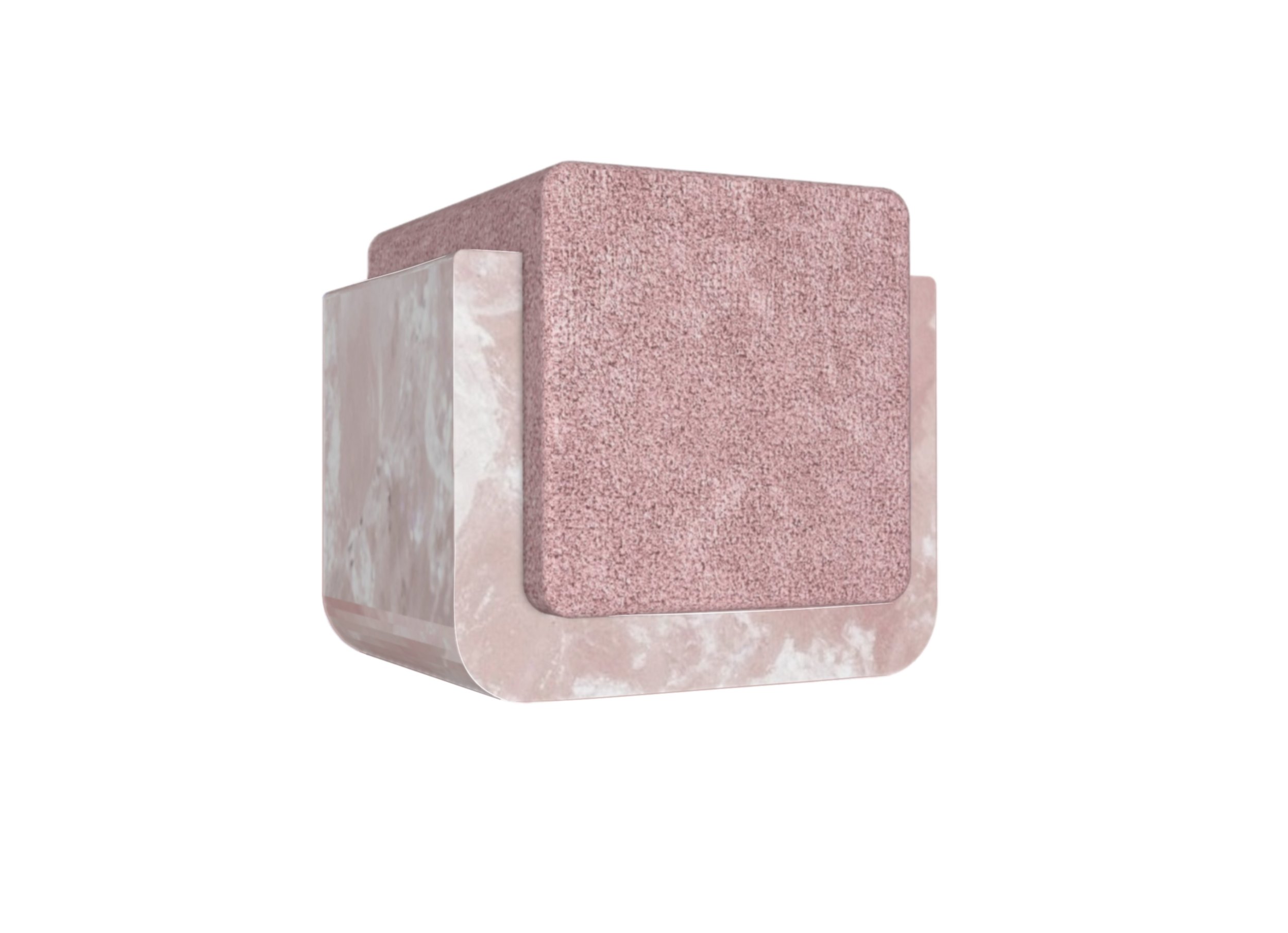
Final Render: Blush Onyx
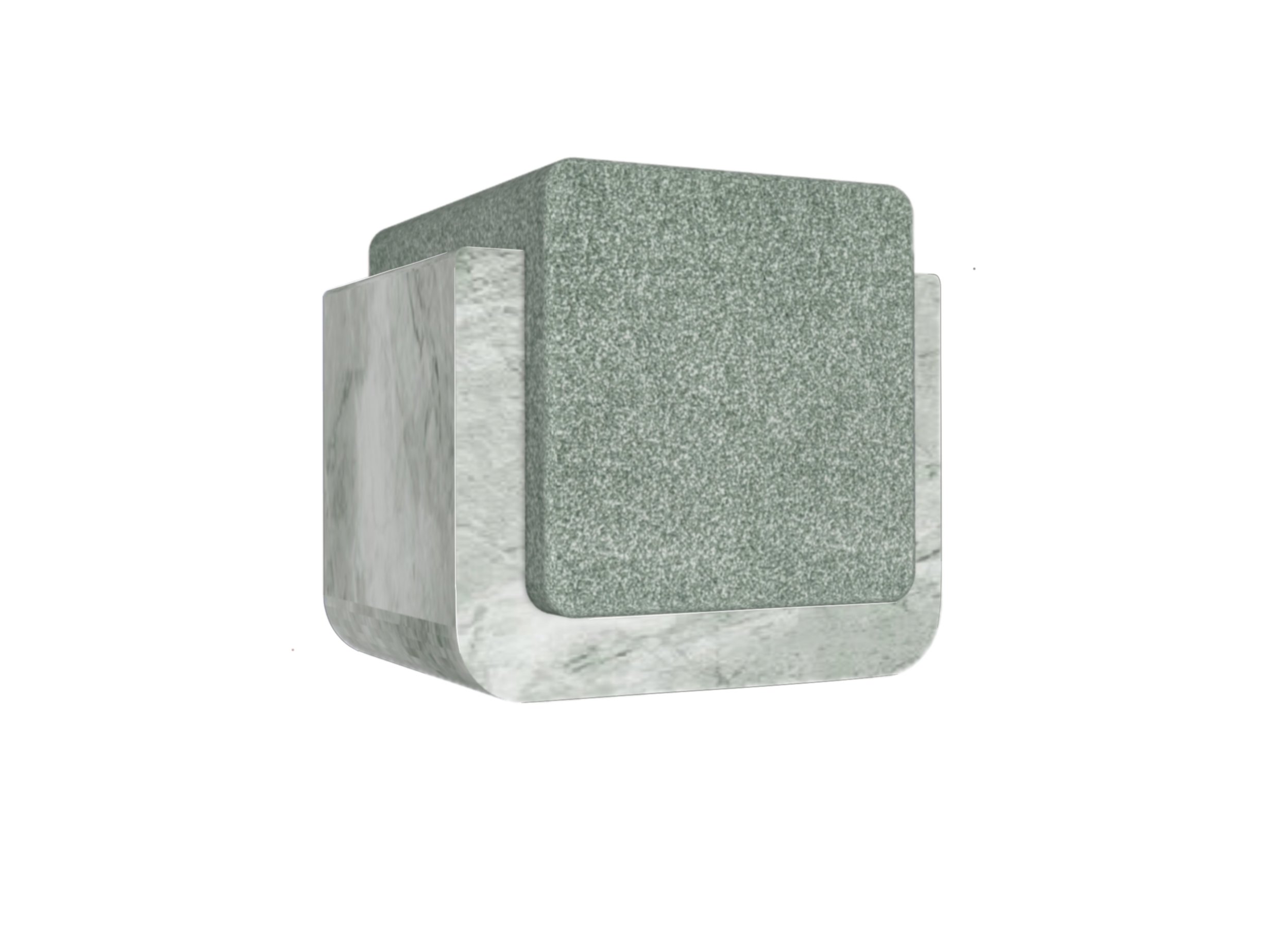
Final Render: Sage Onyx
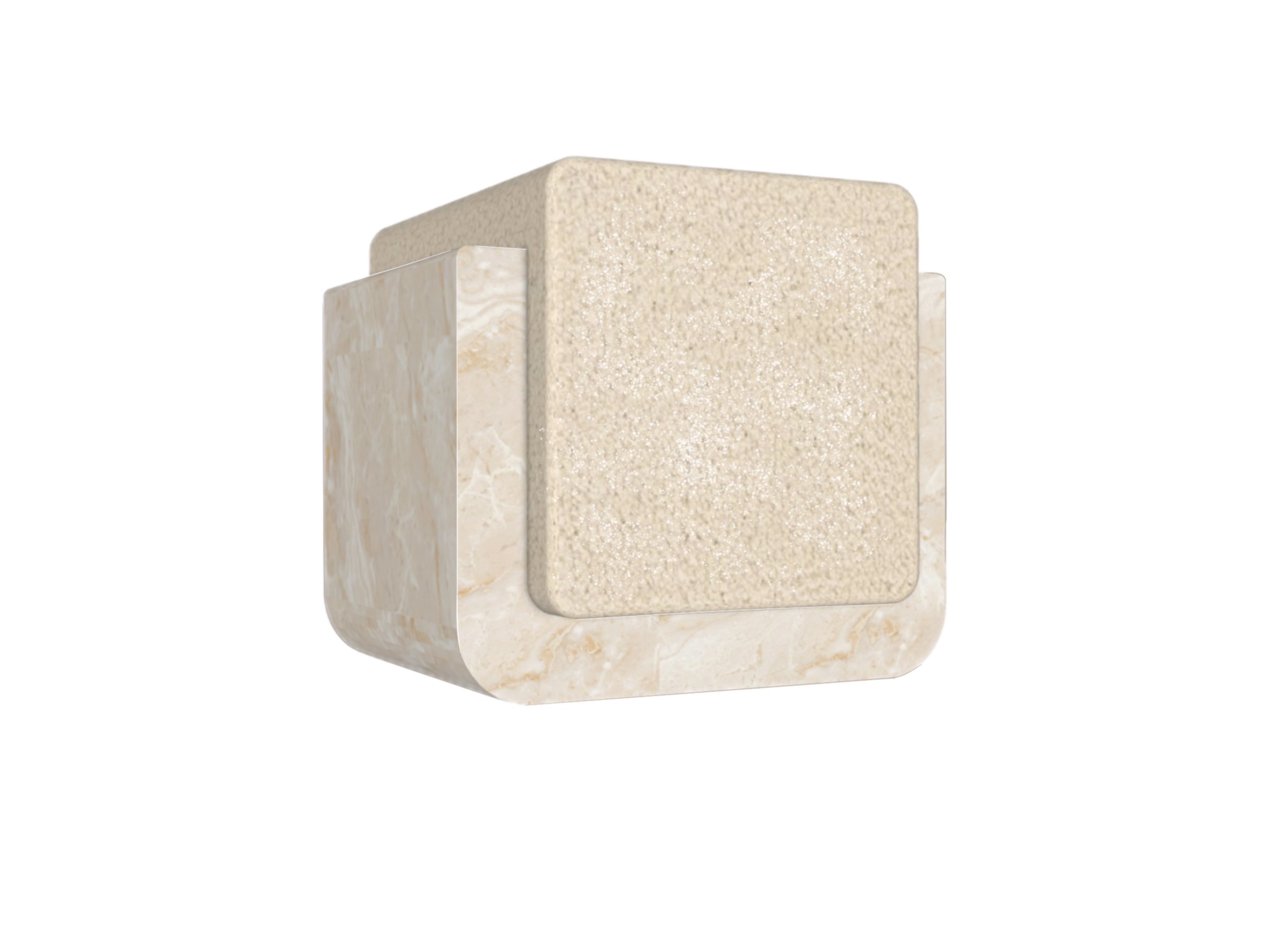
Final Render: Buttermilk Onyx
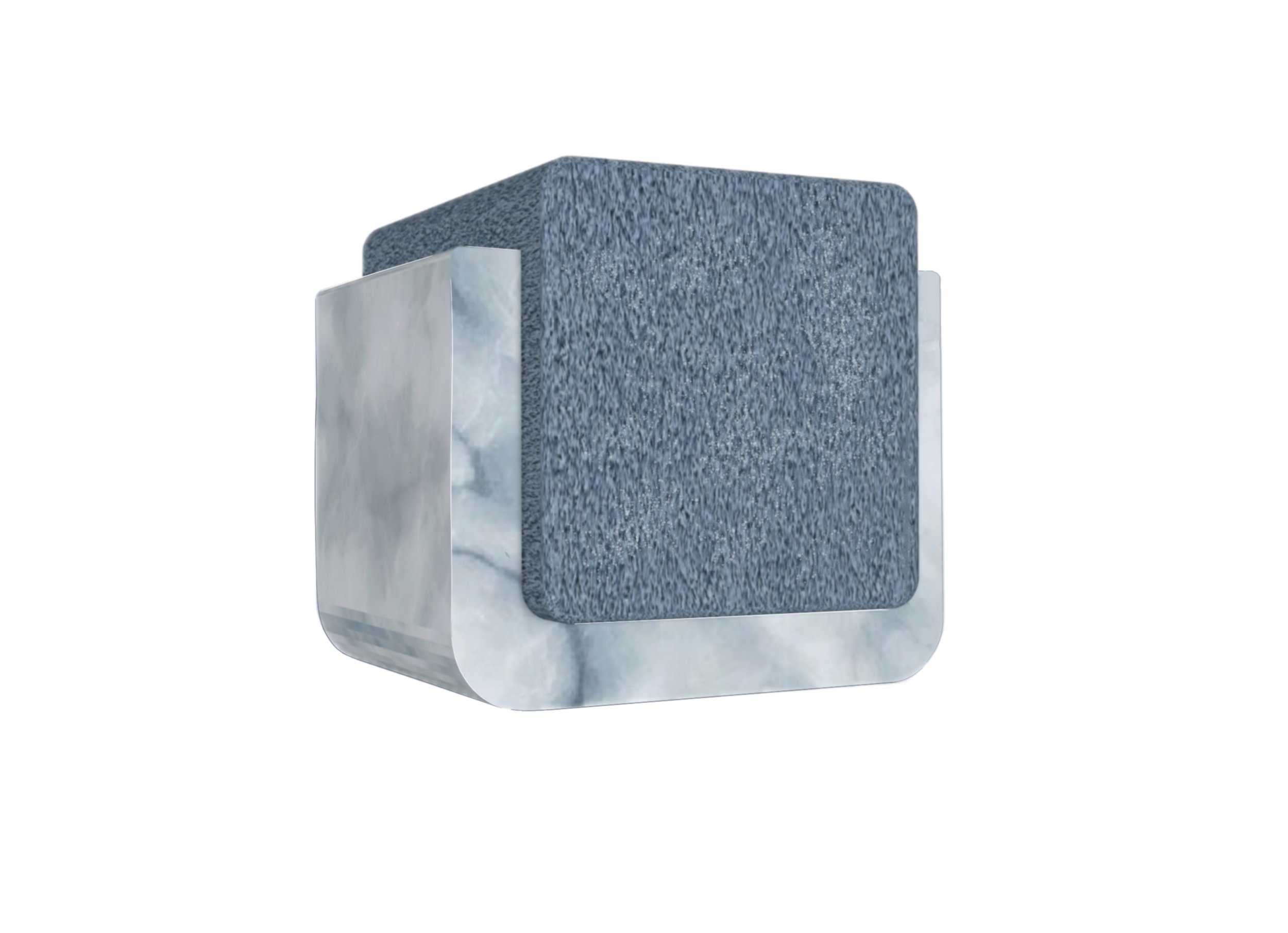
Final Render: Slate Blue Onyx
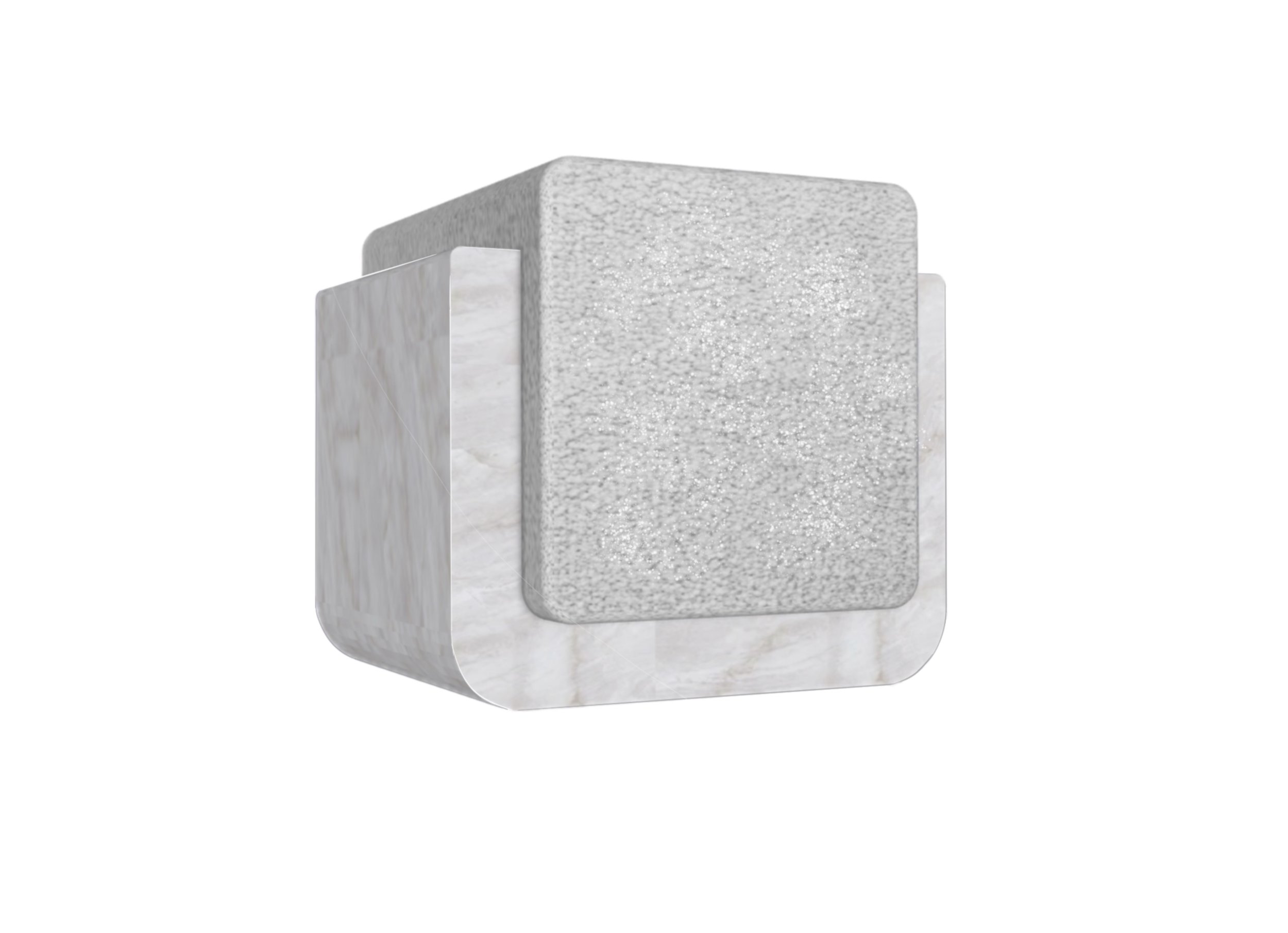
Final Render: Fog Grey Onyx
Design Intent
Target Environments
Target Users
The intent behind the design is to create a piece that grounds a space — not just as a utilitarian surface, but as a central object of atmosphere, ritual, and quiet power. It is built to provoke pause, spark conversation, and elevate everyday tasks — whether gathering in creative collaboration, or hosting intimate gatherings. Its sculptural profile speaks to rhythm and stillness, offering a deeper connection between user and environment. Rather than blend into the background, this table becomes the gravitational core of a room.
The ideal environment for this table includes luxury urban interiors, design-forward interiors, boutique creative studios, or architecturally driven hospitality spaces such as gallery cafés, concept hotels, or refined retail. It belongs in spaces where form is as essential as function, and where furniture is curated like art.
Its user is a design-literate individual or creative professional, aged 30 to 55, with an appreciation for sculptural objects, material authenticity, and quiet visual drama. They are discerning, intentional, and invested in pieces that reflect their identity — not just in taste, but in philosophy. This is not for the casual buyer. This is for someone who sees furniture as spatial storytelling — a way to shape how people feel, gather, and live.
